From Doordarshan to Dharma: How Indian TV Accidentally Made Us Spiritual
Ankita Rai | Mon, 09 Jun 2025
In the late 1980s, Indian television witnessed a cultural revolution with mythological shows like Ramayan, Mahabharat, and Chanakya. These programs didn’t just entertain they turned living rooms into temples, revived interest in ancient texts, and redefined Hindu identity for a modern audience. They also influenced political narratives, national unity, and spiritual engagement. Even decades later, their emotional and cultural impact remains strong, as seen during the 2020 lockdown. These shows marked a rare fusion of devotion, drama, and discourse, reshaping how India saw its past, present, and future.
( Image credit : Pexels )
Photo:
In the 1980s, India wasn’t just watching television it was experiencing a cultural revival. Every Sunday morning, as Ramayan aired on Doordarshan, homes turned into sacred spaces. Streets emptied, silence filled the air, and millions sat cross-legged in front of their TV sets, not as casual viewers, but as reverent devotees. What began as a mythological serial soon morphed into a national phenomenon. But beyond its religious appeal, Ramayan, and later Mahabharat and Chanakya, transformed Indian media, reshaped Hindu identity, and quietly rewrote the political mood of the nation.
Mythology Enters the Living Room
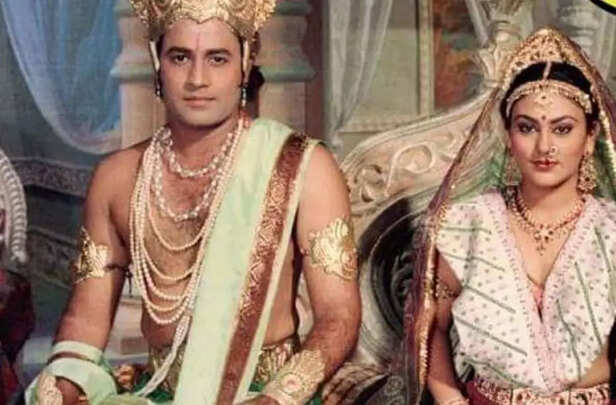
Television was still a novelty in many Indian homes in the late '80s. With few channels and limited programming, anything that aired on Doordarshan automatically commanded attention. But Ramayan didn’t just attract attention it magnetized devotion.Directed by Ramanand Sagar, the show brought to life the revered epic with visual clarity and dramatic power. The effect was unprecedented. Viewers removed footwear before watching, garlanded the screen during devotional moments, and regarded the actors as living embodiments of deities. Arun Govil, who played Ram, became a household god. Deepika Chikhalia as Sita evoked the grace of a goddess. People bowed before them not out of fandom, but faith. It wasn’t just a show. It was a collective national ritual.
Faith Reimagined for the Modern Age
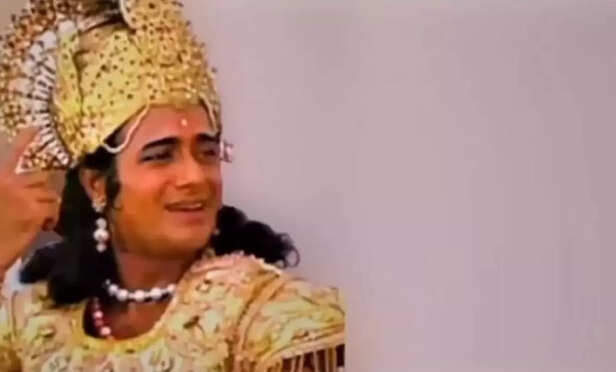
For a country rich in spiritual tradition but increasingly modern in lifestyle, Ramayan served as a cultural bridge. It brought Vedic values to urban living rooms, wrapping timeless lessons in a format even children could digest. This wasn’t a substitute for temple visits or spiritual texts it was a catalyst. The show reignited religious curiosity among urban audiences who had drifted from daily ritual. Even the youngest viewers, previously disconnected from scripture, began asking questions about dharma, karma, and devotion. Soon after, B.R. Chopra’s Mahabharat took mythological television to greater narrative complexity. Themes of justice, betrayal, destiny, and duty became topics of tea-time debates across generations. Krishna’s wisdom and Karna’s tragedy weren’t just admired they were dissected like real-life dilemmas.
From Epics to Electoral Rhetoric
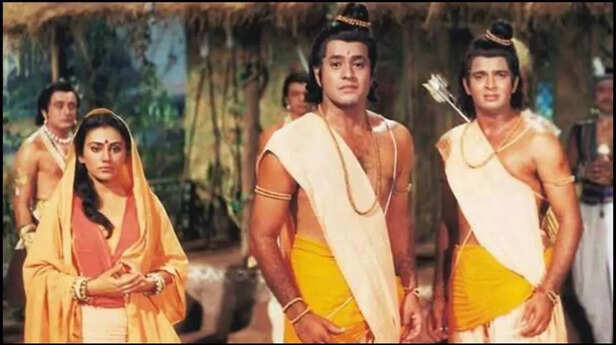
But the impact didn’t stop at personal belief. These televised tales began echoing in political speeches, party slogans, and street protests. The Ram Janmabhoomi movement, gaining momentum in the same period, found a powerful cultural ally in the Ramayan series. Suddenly, mythology was no longer confined to pages of the Puranas it was marching into rallies and reshaping national discourse. The chant of “Jai Shri Ram” shifted from sacred invocation to political slogan. Characters and morals from the epics were invoked to justify real-world actions. The line between religion and nationalism began to blur.
While critics debated whether this amounted to soft religious propaganda, supporters argued it restored pride in Hindu heritage after centuries of colonial erasure and cultural dilution. Either way, these serials had achieved what few textbooks could they made Hindu identity vivid, visual, and relatable.
Chanakya’s Kingdom of Ideas
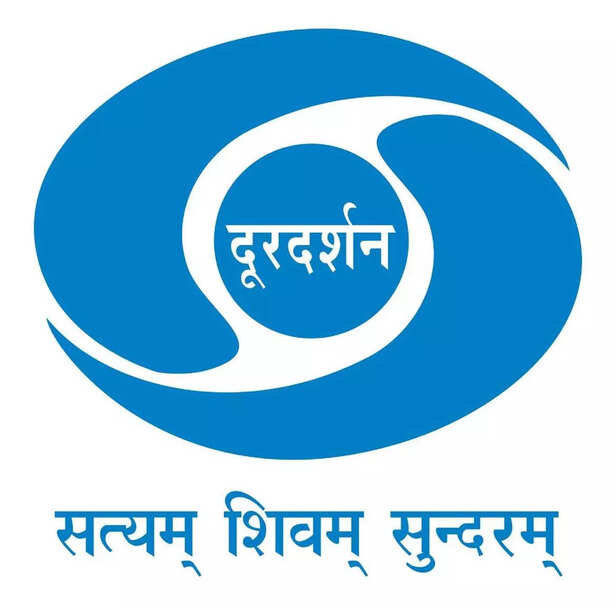
Then came Chanakya in the early ’90s. Created and led by Dr. Chandraprakash Dwivedi, the series traced the rise of the Mauryan Empire through the eyes of the master strategist Kautilya. Unlike Ramayan or Mahabharat, Chanakya wasn’t steeped in divine miracles it was grounded in realpolitik, ancient economics, and statecraft. This was not a tale of gods, but of governance. And for a country entering the era of liberalization, Chanakya struck a different chord. It highlighted the power of ideas, of vision, of discipline and portrayed how empires are shaped not just by kings, but by philosophers. Dwivedi’s commitment to authenticity, classical language, and political nuance made the series intellectually intense but culturally rewarding. It marked a transition in Indian TV storytelling from spiritual devotion to strategic discourse.
Cultural Revival, or Reinvention
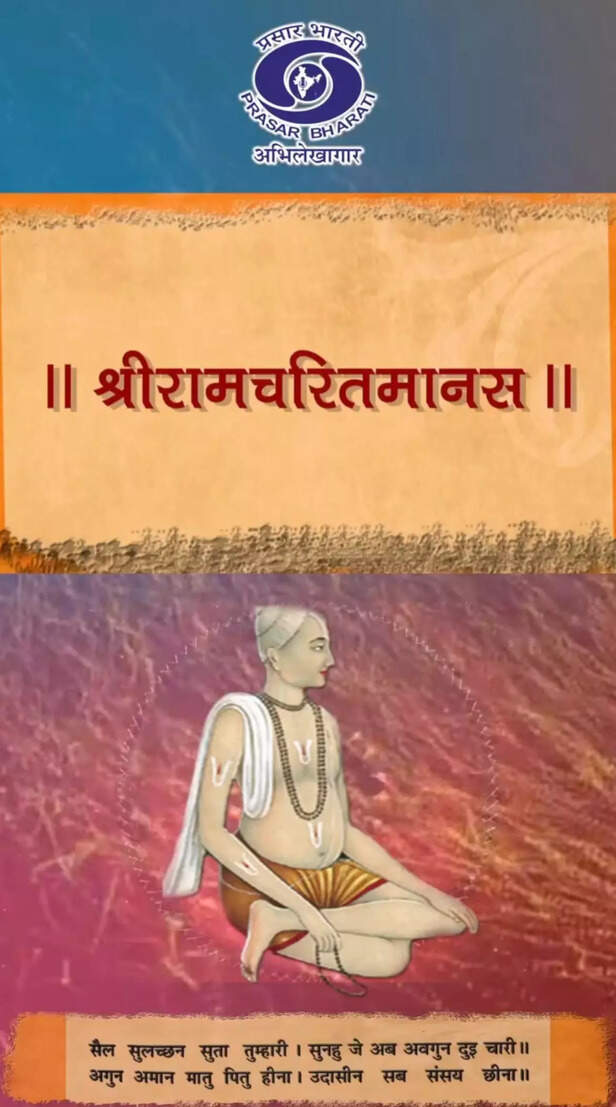
These serials didn’t just reflect Indian culture they reframed it. For millions who had never read the original texts, these shows became their primary source of religious and historical knowledge. Television had become a new scripture. However, not everyone agreed with the romanticization. Academics flagged concerns about the over-sanitization of complex characters, the sidelining of caste and gender nuances, and the oversimplified moral binaries. They warned against turning mythology into monochrome morality or using it to justify contemporary political agendas. Yet, even the critics admitted the reach and impact were undeniable. These serials sparked conversations in classrooms, living rooms, and even courtrooms.
The Lockdown Rewind

In 2020, during the first COVID-19 lockdown, Ramayan was re-telecast. A new generation, born into smartphones and Netflix, witnessed the magic that once captivated their parents. Surprisingly, they too watched. And wept. And wondered. The re airing of Ramayan during a time of global anxiety proved once again that mythology when told with sincerity offers not just escape, but meaning. It soothed a restless nation. It reminded us of resilience, dharma, and hope.
Beyond Nostalgia: A Living Tradition
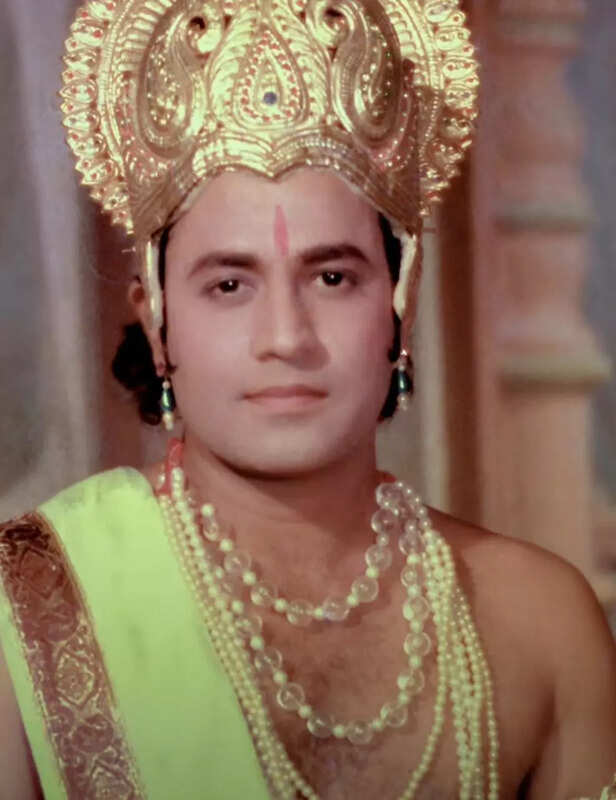
Today, mythology is back in fashion, with streaming platforms attempting reboots and reimagining. But few have captured the simplicity, reverence, and national unity sparked by the originals. Because those early shows weren’t just content they were collective memory, moral guidebooks, and quiet revolutions. They made religion human. They made politics philosophical. And they made television transformative.
Conclusion
Ramayan, Mahabharat, and Chanakya were more than period dramas. They were events that pulled India toward its roots while nudging it into a new cultural age. They didn’t just retell stories they redefined identity. In a country divided by language, caste, class, and ideology, it was these mythological shows that offered a moment of rare unity. For once, the entire nation sat down at the same time, to watch the same story, and to believe together.
Unlock insightful tips and inspiration on personal growth, productivity, and well-being. Stay motivated and updated with the latest at My Life XP.
Mythology Enters the Living Room

Ramayan ( Picture credit : Instagram)
Television was still a novelty in many Indian homes in the late '80s. With few channels and limited programming, anything that aired on Doordarshan automatically commanded attention. But Ramayan didn’t just attract attention it magnetized devotion.Directed by Ramanand Sagar, the show brought to life the revered epic with visual clarity and dramatic power. The effect was unprecedented. Viewers removed footwear before watching, garlanded the screen during devotional moments, and regarded the actors as living embodiments of deities. Arun Govil, who played Ram, became a household god. Deepika Chikhalia as Sita evoked the grace of a goddess. People bowed before them not out of fandom, but faith. It wasn’t just a show. It was a collective national ritual.
Faith Reimagined for the Modern Age

( Picture credit : Instagram)
For a country rich in spiritual tradition but increasingly modern in lifestyle, Ramayan served as a cultural bridge. It brought Vedic values to urban living rooms, wrapping timeless lessons in a format even children could digest. This wasn’t a substitute for temple visits or spiritual texts it was a catalyst. The show reignited religious curiosity among urban audiences who had drifted from daily ritual. Even the youngest viewers, previously disconnected from scripture, began asking questions about dharma, karma, and devotion. Soon after, B.R. Chopra’s Mahabharat took mythological television to greater narrative complexity. Themes of justice, betrayal, destiny, and duty became topics of tea-time debates across generations. Krishna’s wisdom and Karna’s tragedy weren’t just admired they were dissected like real-life dilemmas.
From Epics to Electoral Rhetoric

( Picture credit : Instagram)
But the impact didn’t stop at personal belief. These televised tales began echoing in political speeches, party slogans, and street protests. The Ram Janmabhoomi movement, gaining momentum in the same period, found a powerful cultural ally in the Ramayan series. Suddenly, mythology was no longer confined to pages of the Puranas it was marching into rallies and reshaping national discourse. The chant of “Jai Shri Ram” shifted from sacred invocation to political slogan. Characters and morals from the epics were invoked to justify real-world actions. The line between religion and nationalism began to blur.
While critics debated whether this amounted to soft religious propaganda, supporters argued it restored pride in Hindu heritage after centuries of colonial erasure and cultural dilution. Either way, these serials had achieved what few textbooks could they made Hindu identity vivid, visual, and relatable.
Chanakya’s Kingdom of Ideas

( Picture credit : Instagram)
Then came Chanakya in the early ’90s. Created and led by Dr. Chandraprakash Dwivedi, the series traced the rise of the Mauryan Empire through the eyes of the master strategist Kautilya. Unlike Ramayan or Mahabharat, Chanakya wasn’t steeped in divine miracles it was grounded in realpolitik, ancient economics, and statecraft. This was not a tale of gods, but of governance. And for a country entering the era of liberalization, Chanakya struck a different chord. It highlighted the power of ideas, of vision, of discipline and portrayed how empires are shaped not just by kings, but by philosophers. Dwivedi’s commitment to authenticity, classical language, and political nuance made the series intellectually intense but culturally rewarding. It marked a transition in Indian TV storytelling from spiritual devotion to strategic discourse.
Cultural Revival, or Reinvention

( Picture credit : Instagram)
These serials didn’t just reflect Indian culture they reframed it. For millions who had never read the original texts, these shows became their primary source of religious and historical knowledge. Television had become a new scripture. However, not everyone agreed with the romanticization. Academics flagged concerns about the over-sanitization of complex characters, the sidelining of caste and gender nuances, and the oversimplified moral binaries. They warned against turning mythology into monochrome morality or using it to justify contemporary political agendas. Yet, even the critics admitted the reach and impact were undeniable. These serials sparked conversations in classrooms, living rooms, and even courtrooms.
The Lockdown Rewind

( Picture credit : Instagram)
In 2020, during the first COVID-19 lockdown, Ramayan was re-telecast. A new generation, born into smartphones and Netflix, witnessed the magic that once captivated their parents. Surprisingly, they too watched. And wept. And wondered. The re airing of Ramayan during a time of global anxiety proved once again that mythology when told with sincerity offers not just escape, but meaning. It soothed a restless nation. It reminded us of resilience, dharma, and hope.
Beyond Nostalgia: A Living Tradition

( Picture credit : Instagram)
Today, mythology is back in fashion, with streaming platforms attempting reboots and reimagining. But few have captured the simplicity, reverence, and national unity sparked by the originals. Because those early shows weren’t just content they were collective memory, moral guidebooks, and quiet revolutions. They made religion human. They made politics philosophical. And they made television transformative.
Conclusion
Ramayan, Mahabharat, and Chanakya were more than period dramas. They were events that pulled India toward its roots while nudging it into a new cultural age. They didn’t just retell stories they redefined identity. In a country divided by language, caste, class, and ideology, it was these mythological shows that offered a moment of rare unity. For once, the entire nation sat down at the same time, to watch the same story, and to believe together.
Unlock insightful tips and inspiration on personal growth, productivity, and well-being. Stay motivated and updated with the latest at My Life XP.
Frequently Asked Questions (FAQs)
- Why was Ramayan on Doordarshan such a big cultural event in India?Because it transformed television viewing into a shared spiritual experience across the nation.
- Did these mythological shows influence Indian politics?Yes, they shaped political rhetoric and identity, especially during the Ram Janmabhoomi movement.
- Why did Ramayan gain popularity again during the 2020 lockdown?Its timeless message of dharma and hope resonated with audiences during a period of uncertainty.










